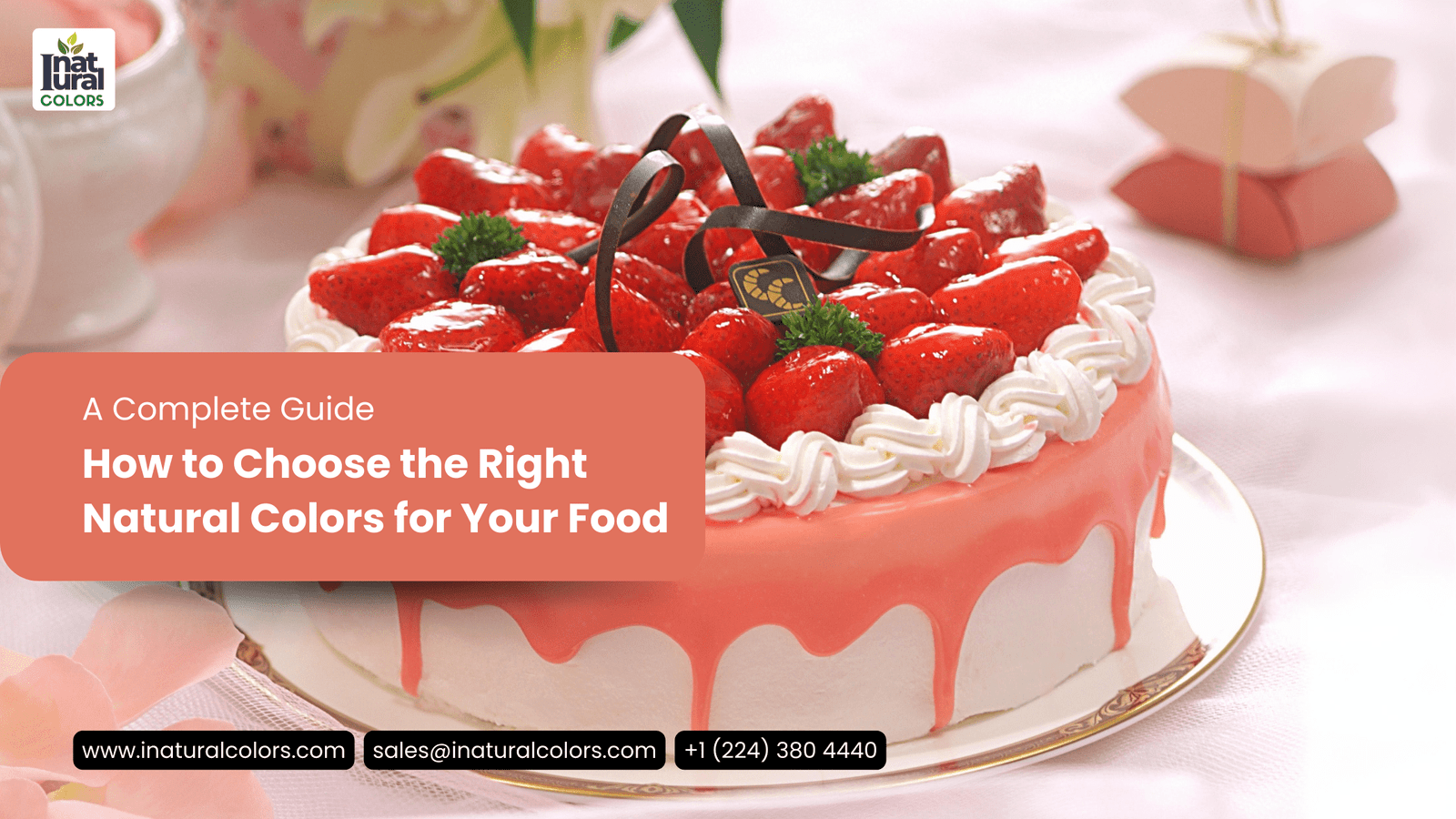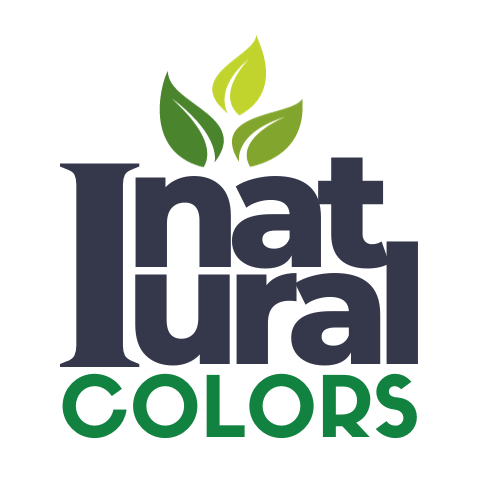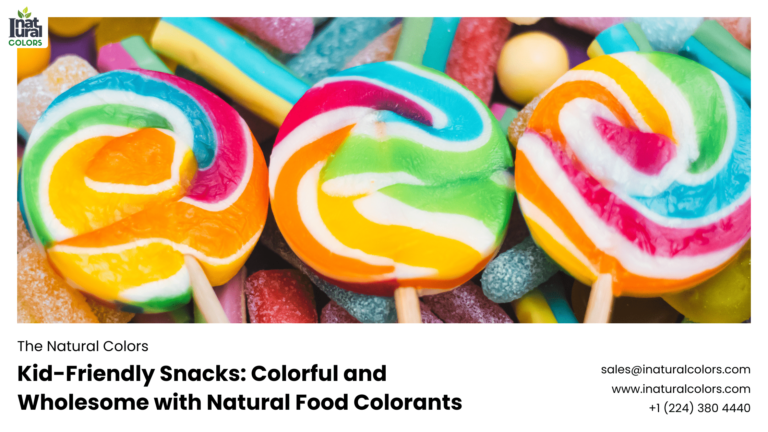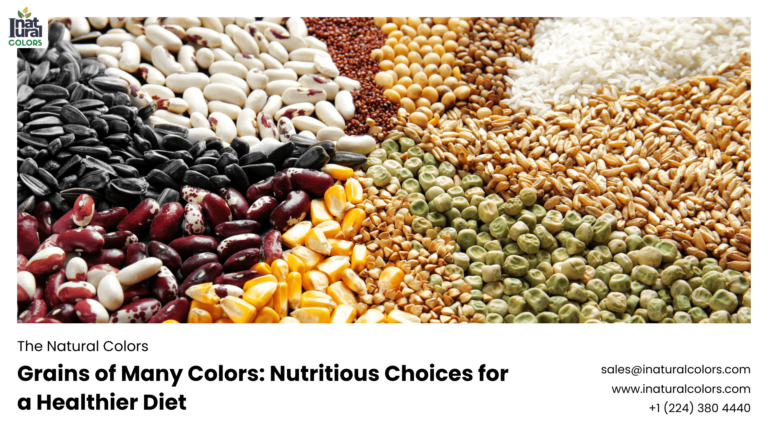Beautiful Plants For Your Interior

Introduction
Have you ever looked at a beautifully colorful dish and wondered how it got that way? Natural food colors are the answer. They add vibrancy to our meals and come with an array of health benefits. But how do you choose the right natural colors for your food? Let’s dive into the world of natural food coloring and explore how you can make your dishes not only look good but also taste better and be healthier.
Understanding Natural Food Colors
Natural food colors are pigments derived from plants, fruits, vegetables, and other natural sources. Unlike artificial food colors, which are synthesized from chemicals, natural food colors are extracted directly from nature. This makes them a safer and healthier option for both us and the environment.
Benefits of Using Natural Food Colors
Health Benefits
Natural food colors are packed with nutrients and antioxidants. For instance, the red color from beets is rich in betalains, which have anti-inflammatory properties. Green colors from spinach are loaded with chlorophyll, which is known for its detoxifying effects. Using natural colors not only enhances the appearance of your food but also boosts its nutritional value.
Environmental Benefits
Natural colors are more eco-friendly than their artificial counterparts. They are biodegradable and often sourced sustainably. By choosing natural food colors, you’re not just making a healthier choice for yourself but also a more responsible one for the planet.
Popular Natural Food Colors and Their Sources
Red: Beetroot, Strawberries, Paprika
Beetroot juice is a popular source of natural red color. It’s vibrant and works well in both sweet and savory dishes. Strawberries and paprika are also great sources, offering a range of shades from bright red to deep crimson.
Yellow: Turmeric, Saffron, Lemon Peel
Turmeric is widely used for its intense yellow hue and health benefits. Saffron, though expensive, provides a unique golden color and a distinctive flavor. Lemon peel offers a lighter, zesty yellow perfect for desserts and drinks.
Green: Spinach, Matcha, Spirulina
Spinach and matcha powder are common green colorants. Spirulina, a type of blue-green algae, provides a rich green that’s perfect for smoothies and baked goods.
Blue: Blueberries, Butterfly Pea Flower
Blueberries offer a natural blue shade that’s great for baking. Butterfly pea flower is another excellent source, providing a deep blue that’s often used in beverages.
Purple: Purple Cabbage, Blackberries, Elderberries
Purple cabbage juice can be used to create a stunning purple color. Blackberries and elderberries also provide rich purple hues that are perfect for desserts and sauces.
Orange: Carrots, Sweet Potatoes, Paprika
Carrots and sweet potatoes are excellent sources of natural orange color. Paprika, depending on its type, can offer shades from orange to red.
How to Extract Natural Food Colors at Home
Extracting natural food colors at home is simpler than you might think. For instance, to extract beet juice, simply blend beets with a little water and strain the mixture. For turmeric, you can use dried turmeric powder mixed with water or oil.
Tools and Equipment Needed
You’ll need a blender, fine mesh strainer or cheesecloth, and airtight containers for storage. These basic tools will help you extract and preserve your homemade natural food colors effectively.
Choosing the Right Color for Your Dish
Colors can greatly influence how we perceive food. Bright reds and yellows can make dishes more appealing, while greens can indicate freshness and healthiness. When choosing colors, think about the visual appeal and how the color complements the flavors of your dish.
Complementary Colors in Cooking
Using complementary colors can make your dish pop. For example, pairing green spinach with red bell peppers not only looks good but also offers a balanced flavor profile.
Psychological Effects of Colors on Appetite
Certain colors can stimulate appetite. Red and yellow are known to be appetite enhancers, which is why they’re often used in fast food branding. On the other hand, blue is known to suppress appetite, so use it sparingly if you want to keep your guests hungry for more.
Natural Food Coloring Techniques
Infusion Methods
Infusing oils, vinegars, or water with natural colors is a great way to add subtle hues to your dishes. For example, you can infuse olive oil with paprika for a reddish tint.
Powder and Paste Forms
Natural food colors can also be used in powder or paste forms. Matcha powder, for instance, is perfect for baking and beverages. You can make pastes by mixing powders with a small amount of liquid to achieve the desired consistency.
Incorporating Natural Colors into Different Types of Food
Baking
Natural colors are perfect for cakes, cookies, and bread. Beetroot powder can add a beautiful pink hue to your frosting, while spirulina can turn your bread a vibrant green.
Beverages
Smoothies, juices, and cocktails can benefit from natural colors. A splash of blueberry juice can make your lemonade visually striking and delicious.
Savory Dishes
Incorporate natural colors into soups, sauces, and marinades. Turmeric can turn your rice a delightful yellow, while paprika can add a red tint to your stews.
Desserts
Natural colors are excellent for ice creams, puddings, and other sweet treats. Use saffron for a golden hue or matcha for a unique green tea flavor and color.
Stability and Shelf Life of Natural Food Colors
Natural colors can be less stable than artificial ones. Factors like light, heat, and pH levels can affect their vibrancy.
Factors Affecting Stability
Exposure to air and light can cause colors to fade. High temperatures can also degrade the pigments, so it’s best to store them in a cool, dark place.
How to Extend Shelf Life
To extend the shelf life of natural colors, store them in airtight containers in the refrigerator. Adding a small amount of lemon juice or vinegar can also help preserve the colors.
Safety Considerations
While natural colors are generally safe, it’s important to consider potential allergies and sensitivities. For example, some people might be allergic to certain fruits or vegetables.
Allergies and Sensitivities
Always check for potential allergens when choosing natural food colors. It’s a good practice to inform your guests about the ingredients used, especially if you’re cooking for a group.
Regulatory Guidelines
Follow local regulatory guidelines regarding the use of natural food colors. Some colors might have specific usage restrictions or require labeling.
Eco-Friendly Packaging and Storage Tips
Using eco-friendly packaging not only helps the environment but also keeps your natural colors fresh. Glass jars with airtight seals are a great option.
Sustainable Packaging Options
Consider using reusable glass jars, silicone bags, or beeswax wraps for storing your natural food colors. These options reduce waste and keep your colors fresh longer.
Best Storage Practices
Store natural colors in a cool, dark place. Refrigeration can help extend their shelf life. Make sure to label your containers with the date of extraction to keep track of freshness.
Innovations in Natural Food Coloring
The field of natural food coloring is constantly evolving. New sources and technologies are being developed to create more vibrant and stable colors.
New Sources of Natural Colors
Researchers are exploring new sources like microalgae and fungi to find more sustainable and vibrant natural colors.
Technological Advancements
Advancements in food technology are making it easier to extract and stabilize natural colors. Techniques like microencapsulation can help preserve the color and extend shelf life.
Cost Considerations
Natural food colors can be more expensive than artificial ones. However, the health and environmental benefits often outweigh the cost.
Comparing Costs with Artificial Colors
While natural colors might be pricier, they don’t come with the health risks associated with artificial colors. Investing in natural colors is an investment in your health.
Budget-Friendly Options
Look for locally sourced ingredients to save costs. Growing your own herbs and vegetables can also be a cost-effective way to get natural food colors.
Recipes Using Natural Food Colors
Here are some simple recipes to get you started with natural food colors:
Red Velvet Beet Cake
Use beetroot powder to give your red velvet cake a natural red color without artificial dyes.
Golden Turmeric Latte
A warm and soothing drink, perfect for mornings, made with turmeric for a vibrant yellow color.
Green Spinach Pasta
Add spinach puree to your pasta dough for a beautiful green color and extra nutrients.
Blueberry Lemonade
A refreshing summer drink made with fresh blueberry juice for a stunning blue hue.
Purple Sweet Potato Pie
Use purple sweet potatoes to create a visually striking and delicious pie.
Conclusion
Choosing the right natural colors for your food can transform your dishes, making them more appealing and nutritious. By understanding the sources, benefits, and techniques, you can easily incorporate these vibrant colors into your cooking. So go ahead, experiment with natural food colors, and make your meals a feast for both the eyes and the taste buds!
FAQs
What are the best sources of natural red color?
Beetroot, strawberries, and paprika are excellent sources of natural red color.
Can natural colors change the taste of food?
Yes, some natural colors can add subtle flavors to your food. For instance, turmeric adds a warm, earthy taste.
How do I store homemade natural food colors?
Store them in airtight containers in the refrigerator to extend their shelf life.
Are there any natural food colors that should be avoided?
Some natural colors might cause allergies or sensitivities. Always test a small amount first and check for any reactions.
How can I make natural food colors more vibrant?
Using fresh, high-quality ingredients and proper extraction methods can help make natural food colors more vibrant.



